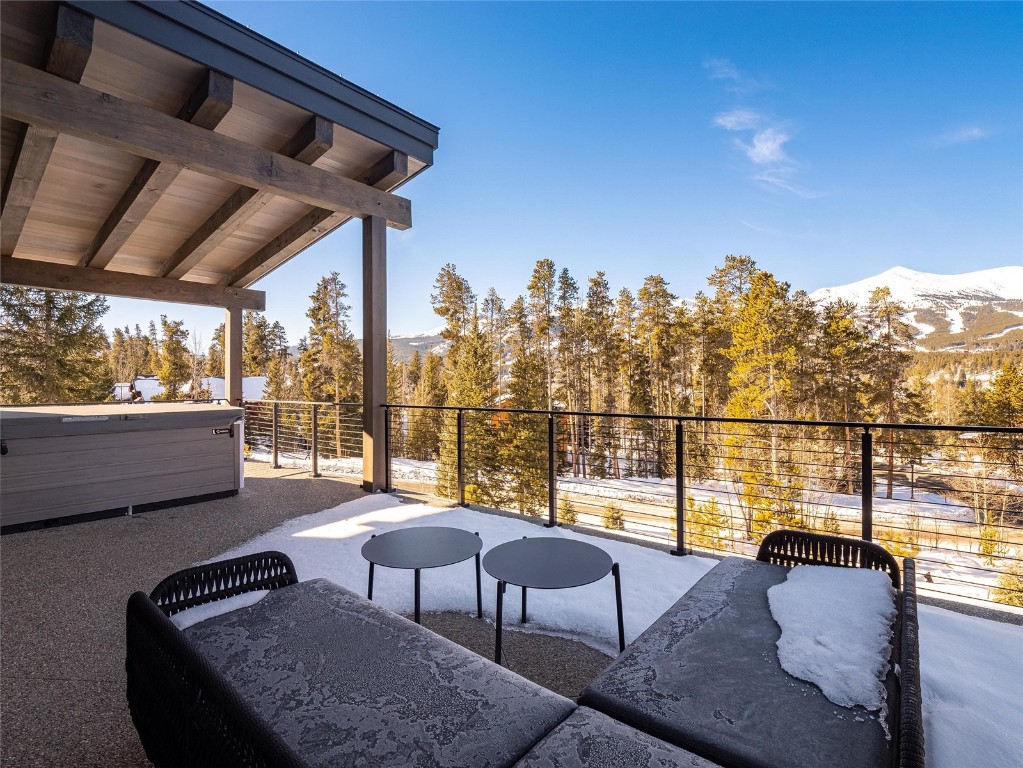Startup investing is an exciting way to support innovation while potentially achieving high returns.
It’s not just about putting money into an idea; it’s about becoming a part of the journey to create something impactful and meaningful. Whether you’re a seasoned investor or just starting out, Understanding Startup Funding is essential to making smart decisions at every stage.
Each stage, from pre-seed to Series A funding, plays a unique role in a company’s development, shaping its path to success. Understanding Startup Funding is essential for making informed decisions when investing in startups. Each stage, from pre-seed to Series A funding, plays a unique role in a company’s development.
Understanding Startup Funding should clarify what to expect at each phase, helping you identify the right opportunities to maximize returns.
What is Startup Funding?
Startup funding is the capital entrepreneurs raise to launch and grow their businesses. It’s typically categorized into stages: Pre-seed, Seed, and Series A. Each stage reflects the startup’s growth, risk, and investment potential. For investors, Understanding Startup Funding is crucial to assessing risk and reward.
Why does this matter? For startups, each funding stage serves as a building block for scaling operations and achieving milestones. For investors, it offers a roadmap for potential returns and risks.
Why Understanding Startup Funding Matters
As an investor, knowing what each funding stage entails can:
- Help you determine your risk tolerance: Each stage carries a different level of uncertainty and potential reward.
- Align your expectations with the startup’s growth potential: By understanding the startup’s journey, you can make more informed decisions.
- Identify the right opportunities to diversify your portfolio: Investing in multiple startups across various stages can balance your risk.
The Pre-Seed Stage: Laying the Groundwork
The pre-seed stage is the earliest phase of funding. Often referred to as the “idea stage,” this is when founders are working on turning their concepts into viable businesses. Here’s what you need to know:
Characteristics of Pre-Seed Funding
- Funding Source: At this stage, investments often come from founders, family, friends, or angel investors.
- Investment Size: Typically ranges from $10,000 to $250,000.
- Purpose: Funds are used for initial market research, product development, and building a minimum viable product (MVP).
What Investors Should Expect
- High Risk: Many pre-seed startups fail to move beyond this stage.
- Hands-On Involvement: Investors often provide mentorship and guidance in addition to capital.
- Limited Equity: Investments are usually exchanged for small equity stakes.
Real-World Example
Dropbox’s co-founders initially raised pre-seed funding from Y Combinator to develop their MVP, eventually scaling into a billion-dollar company. Platforms like Crunchbase offer detailed profiles of startups, making it easier for investors to find early-stage opportunities. This underscores the transformative potential of early-stage investments.
How to Evaluate Pre-Seed Startups
- Team Strength: A strong, passionate team often outweighs other factors at this stage.
- Market Potential: Is there a significant problem the startup is solving?
- Prototype: A clear MVP can demonstrate the feasibility of the concept.
- Vision and Scalability: Does the startup have a long-term vision with the potential to scale globally?
The Seed Stage: Building the Foundation
Once a startup has a validated idea and MVP, it’s ready for the seed stage. This phase is about proving the business model and setting the groundwork for growth.
Characteristics of Seed Funding
- Funding Source: Angel investors, seed-stage venture capitalists, and crowdfunding platforms like AngelList.
- Investment Size: Ranges from $250,000 to $2 million.
- Purpose: Funds are used for customer acquisition, hiring key team members, and scaling operations.
What Investors Should Expect
- Moderate Risk: While less risky than pre-seed, seed investments still have a high failure rate.
- Potential for High Returns: A successful seed investment can yield significant returns.
- Convertible Notes or SAFE Agreements: These are common funding instruments used to simplify early-stage investments.
Real-World Example
Airbnb raised $600,000 in seed funding from Sequoia Capital and other investors, allowing them to refine their platform and scale operations globally. This demonstrates how seed funding can propel a startup into a recognized brand.
Questions to Ask Before Investing in Seed Stage Startups
- Is there a proven demand? Look for early traction or positive customer feedback.
- What is the revenue model? Understand how the startup plans to make money.
- What is the runway? Ensure the funding will sustain operations until the next stage.
- Is the team equipped to execute? Evaluate the founders’ experience and ability to adapt.
The Series A Stage: Scaling the Business
By the time a startup reaches Series A funding, it has established a product-market fit and demonstrated consistent revenue growth. This stage focuses on scaling the business to achieve significant market share.
Characteristics of Series A Funding
- Funding Source: Venture capital firms, corporate investors, and institutional funds.
- Investment Size: Typically between $2 million and $15 million.
- Purpose: Funds are allocated for market expansion, advanced product development, and infrastructure upgrades.
What Investors Should Expect
- Lower Risk, Higher Stakes: Startups at this stage are more stable but require larger capital investments.
- Valuation Growth: Series A rounds often lead to substantial increases in company valuations.
- Board Representation: Investors may secure seats on the startup’s board to influence strategic decisions.
Real-World Example
Instagram raised $7 million in Series A funding led by Benchmark Capital, enabling the app to expand its user base and refine its platform before its acquisition by Facebook. This illustrates the immense potential of Series A investments.
Key Considerations for Series A Investments
- Scalability: Does the business model support significant growth?
- Competitive Landscape: How does the startup differentiate itself?
- Financial Metrics: Review revenue, burn rate, and customer acquisition costs.
- Exit Opportunities: What is the likelihood of acquisition, IPO, or secondary market sales?
Key Differences Between Pre-Seed, Seed, and Series A Funding
Stage of Business: Pre-seed focuses on idea development, Seed focuses on validating the business model, and Series A focuses on scaling operations.
Investment Size: Pre-seed ranges from $10,000 – $250,000; Seed ranges from $250,000 – $2 million; Series A ranges from $2 million – $15 million.
Funding Source: Pre-seed is often funded by founders and close networks. Seed involves angels and early VCs, and Series A attracts venture capital firms.
Risk Level: Pre-seed carries very high risk, Seed has high risk, and Series A presents moderate risk.
Tips for Navigating Startup Investments
- Diversify Your Portfolio: Spread your investments across multiple startups to mitigate risk.
- Research Thoroughly: Analyze the startup’s business model, team, and market potential.
- Leverage Syndicates: Join investment groups or syndicates to pool resources and gain insights from experienced investors.
- Focus on Value Beyond Money: Find opportunities to add strategic value through mentorship or industry connections.
- Understand Exit Strategies: Know how and when you can realize returns on your investment.
- Stay Informed About Trends: Keep up with industry news through platforms like TechCrunch to identify emerging opportunities and sectors.
Future Trends in Startup Funding
Startup funding is evolving rapidly, driven by technology and market demands. Here are some trends to watch:
- Decentralized Finance (DeFi): Blockchain-based funding models are gaining traction, enabling startups to raise funds without traditional financial intermediaries.
- Diversity in Investing: More funds are focusing on underrepresented founders, creating opportunities for diverse perspectives.
- Micro-Investing Platforms: Tools like Republic and Wefunder allow smaller investors to participate in startup funding.
- Sustainability-Focused Startups: Environmental, social, and governance (ESG) metrics are becoming critical for attracting investment.
Conclusion: Understanding Startup Funding
Investing in startups offers incredible opportunities for high returns, but it also comes with significant risks. Understanding Startup Funding helps you assess the risks and rewards of each stage with greater clarity. You’ll be better equipped to navigate the landscape and make informed decisions. Each stage presents unique challenges and rewards, so align your investments with your financial goals and risk tolerance.
Whether you’re exploring opportunities for the first time or are an experienced investor, having a deep understanding of startup funding can help you make informed and impactful decisions. By leveraging research, diversifying your portfolio, and staying informed, you can position yourself for success in this dynamic field.



















































